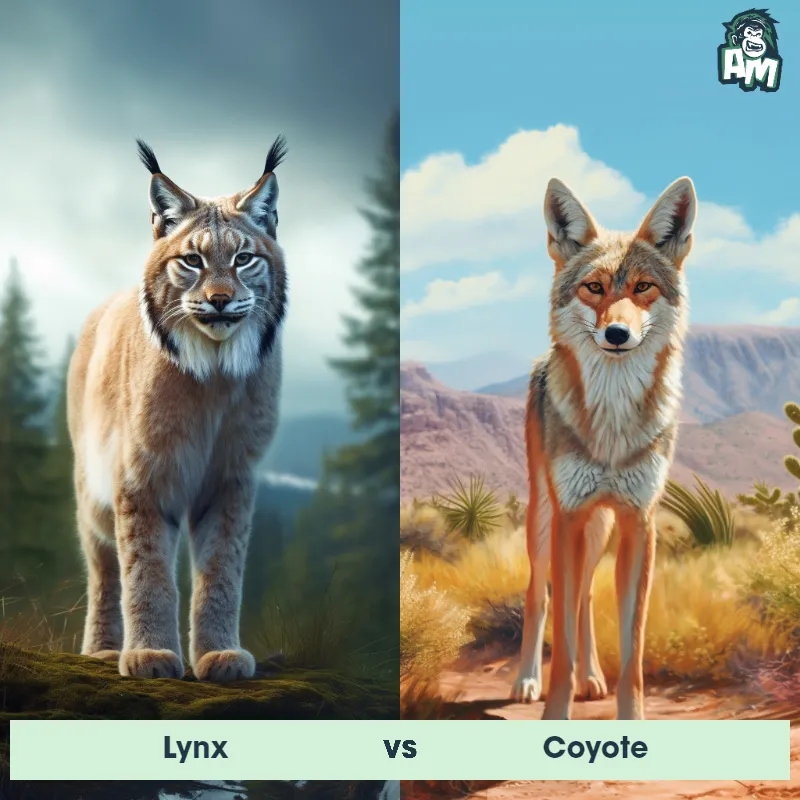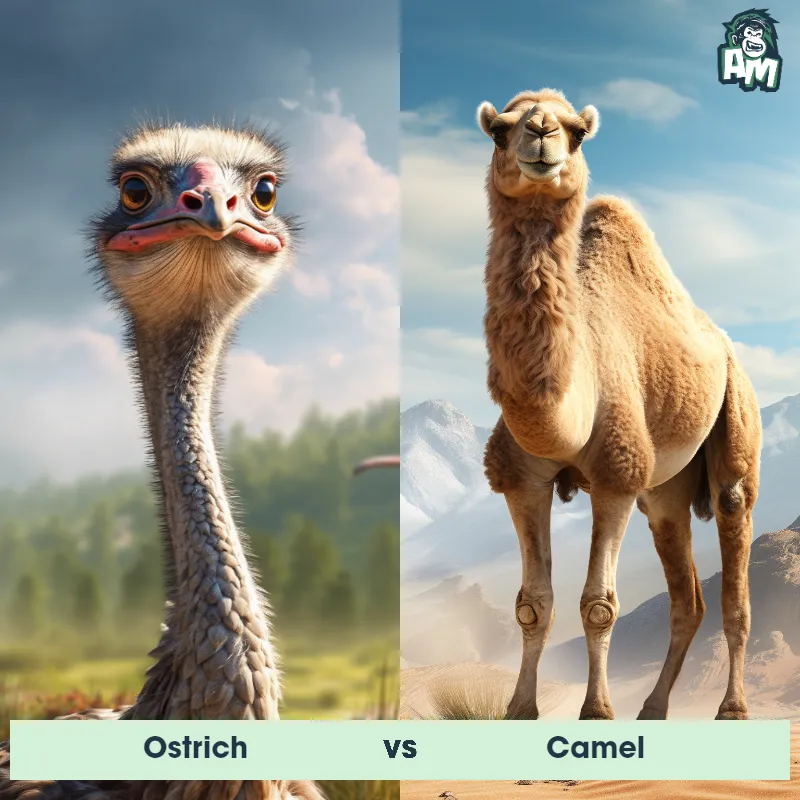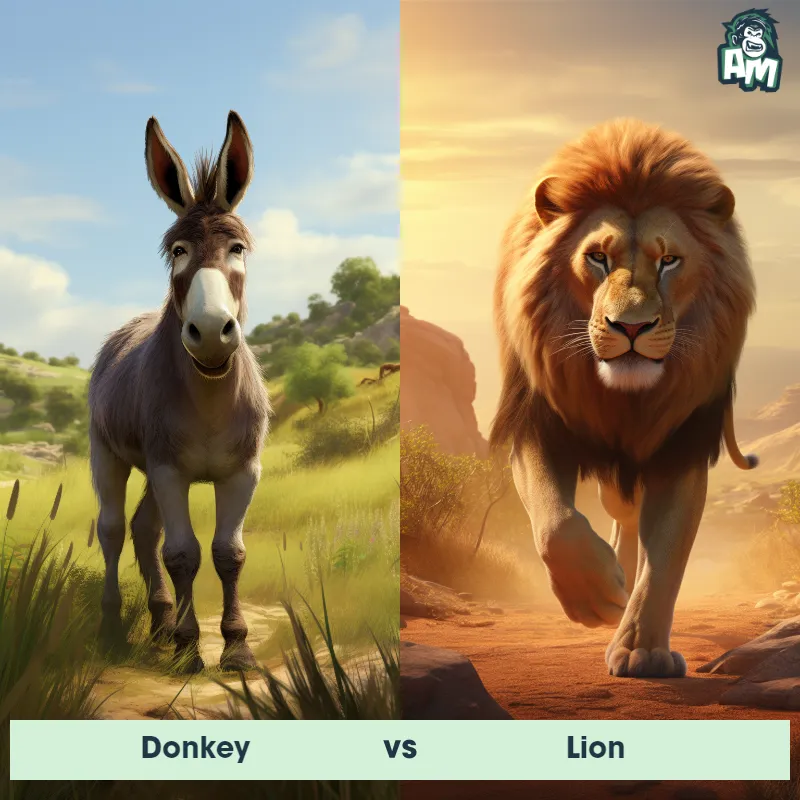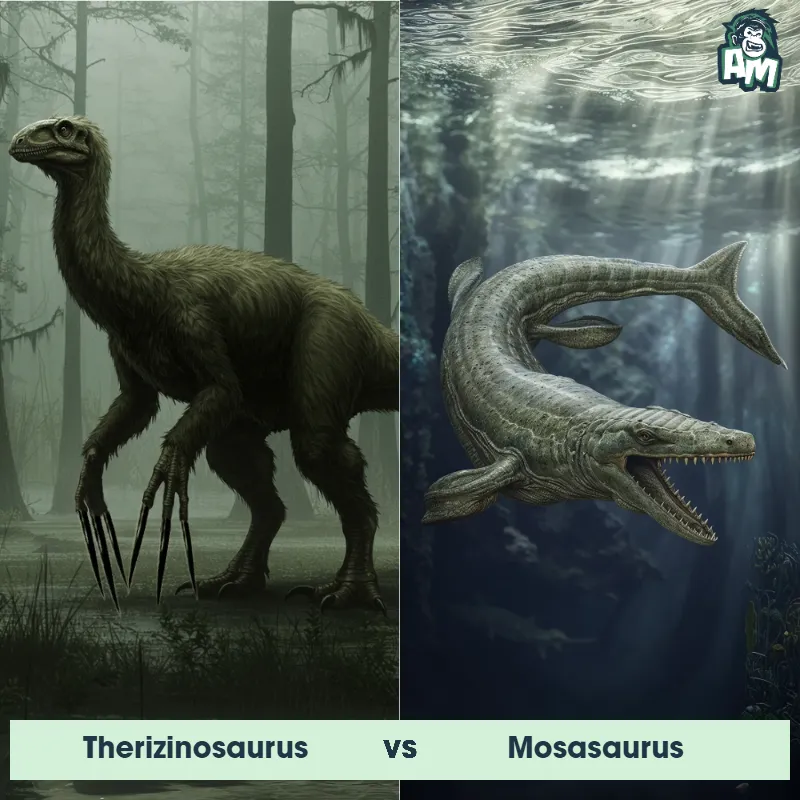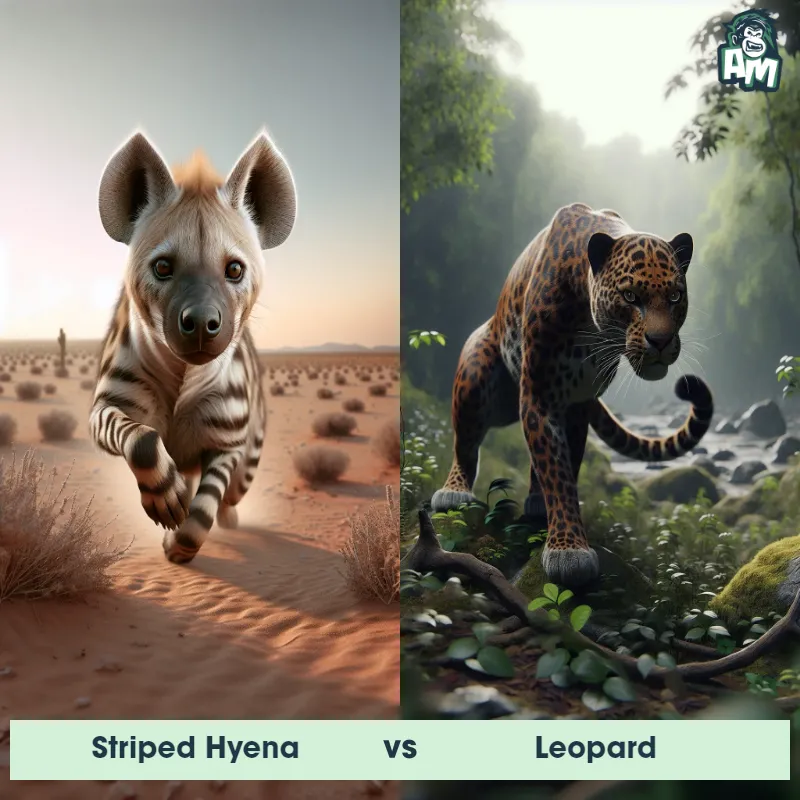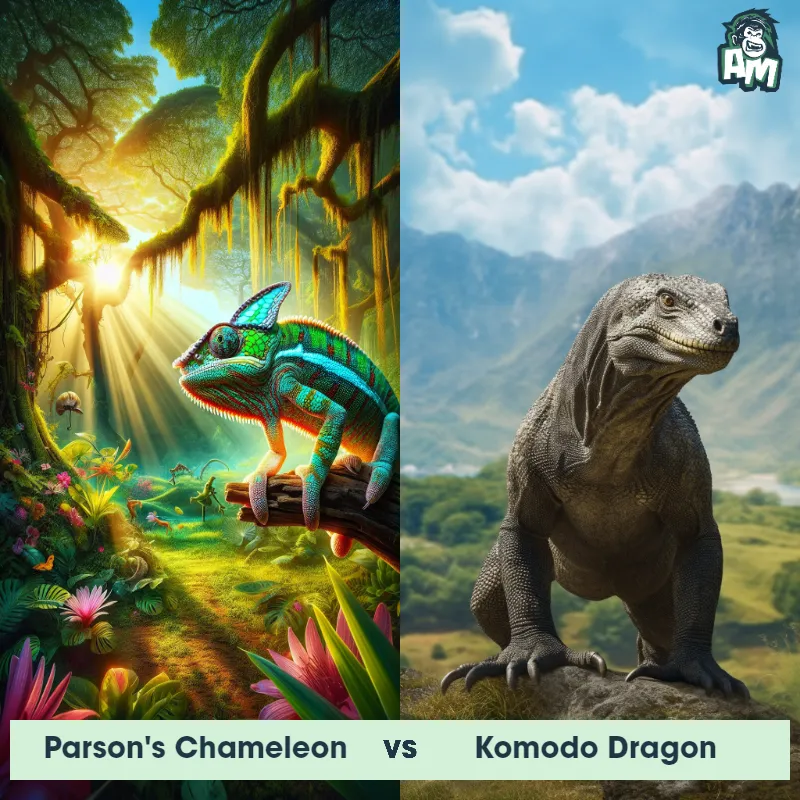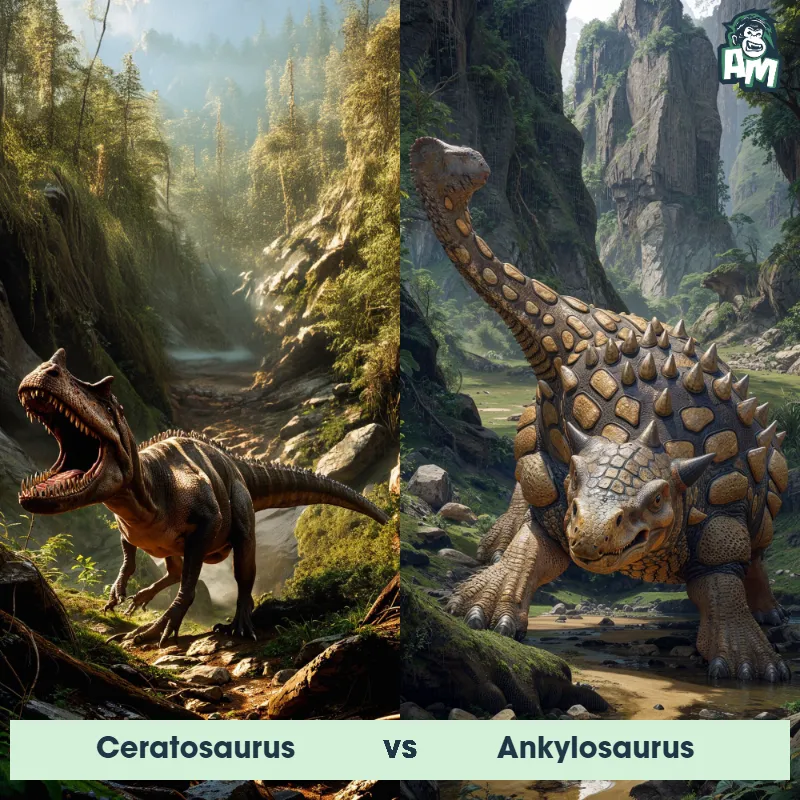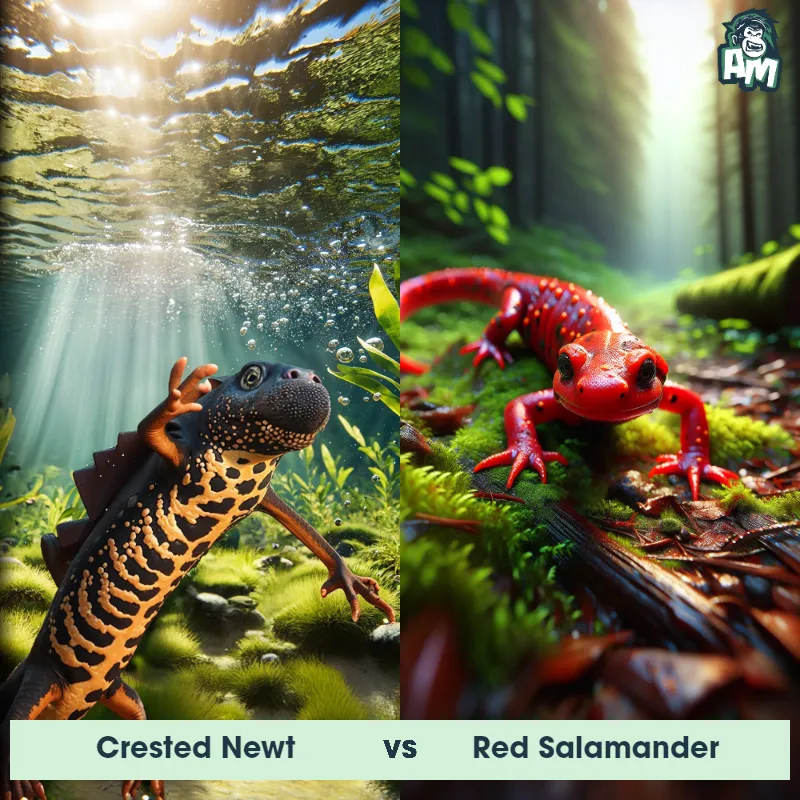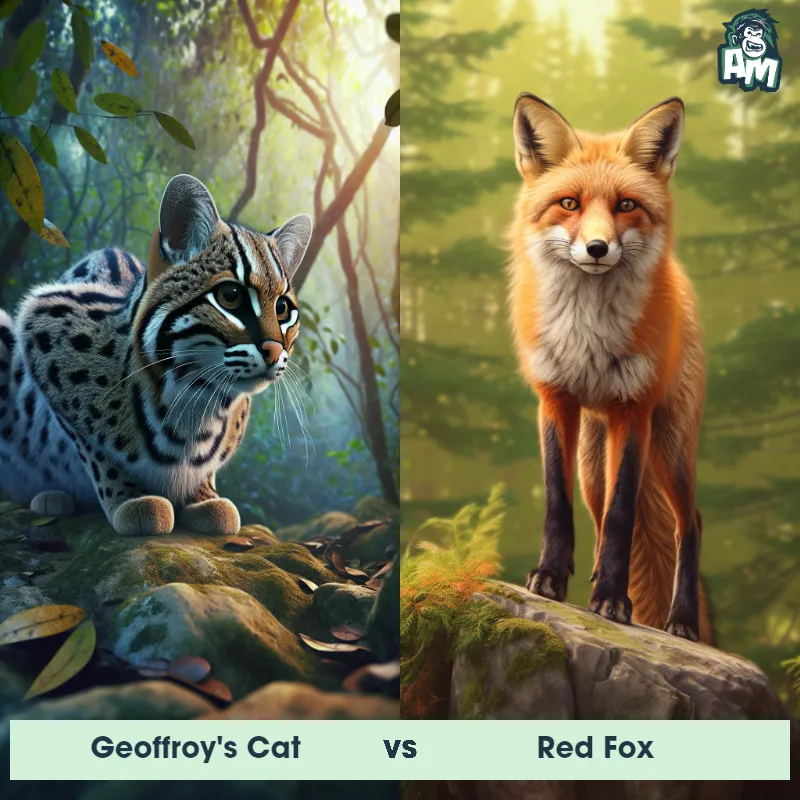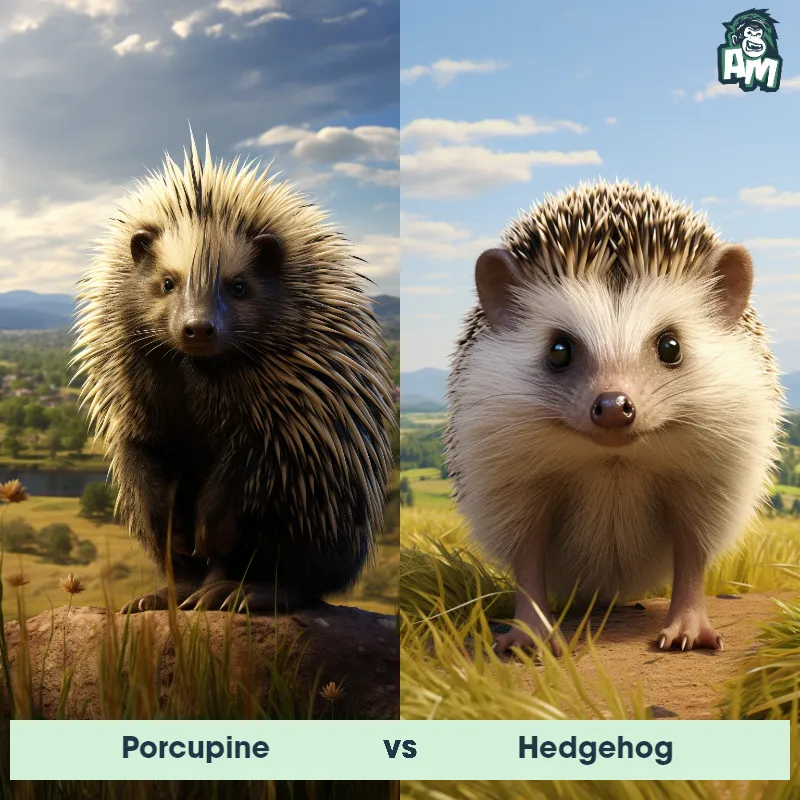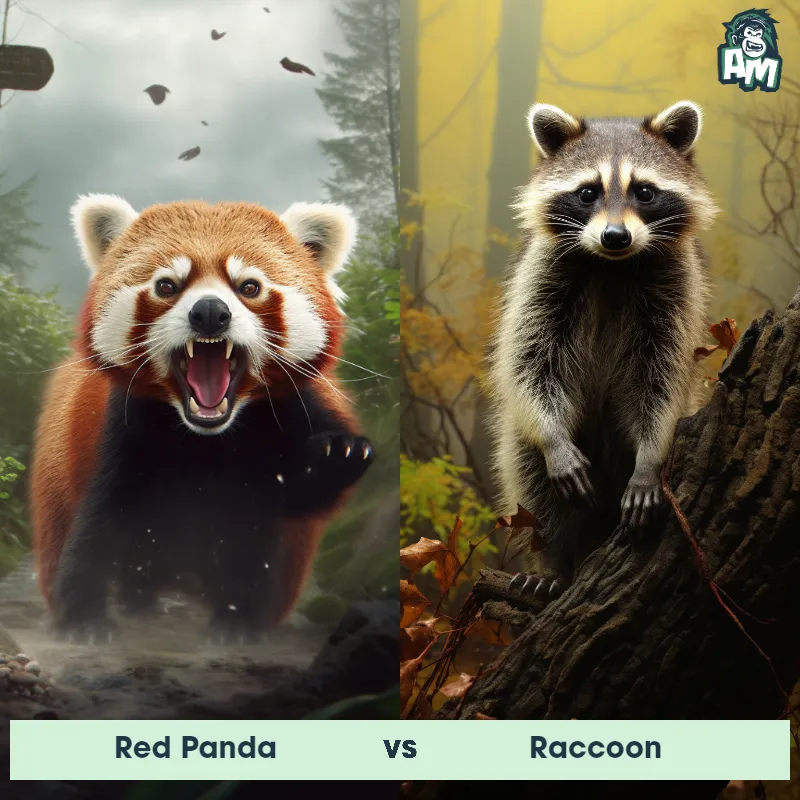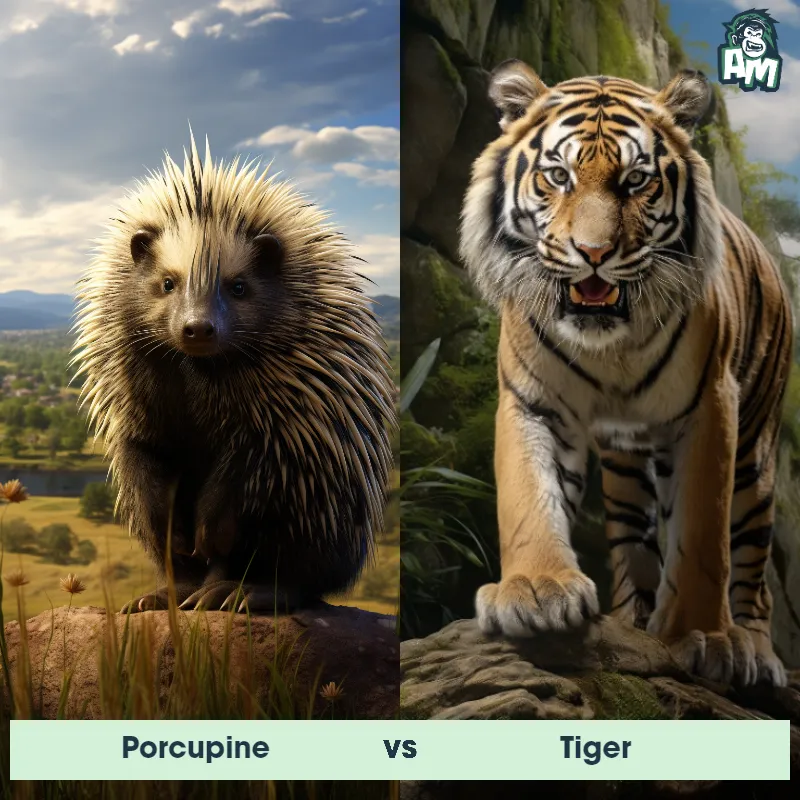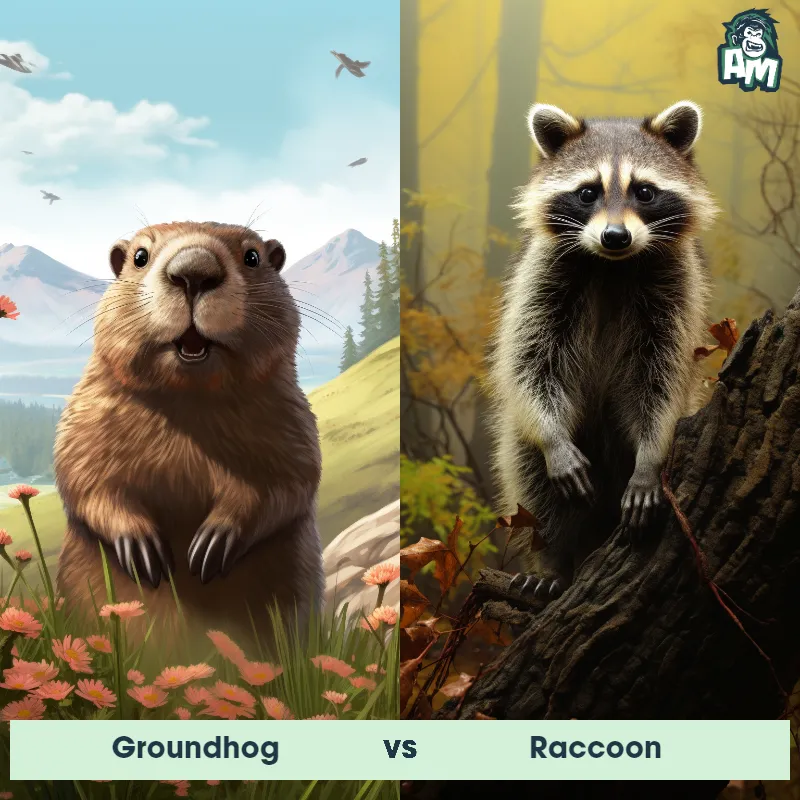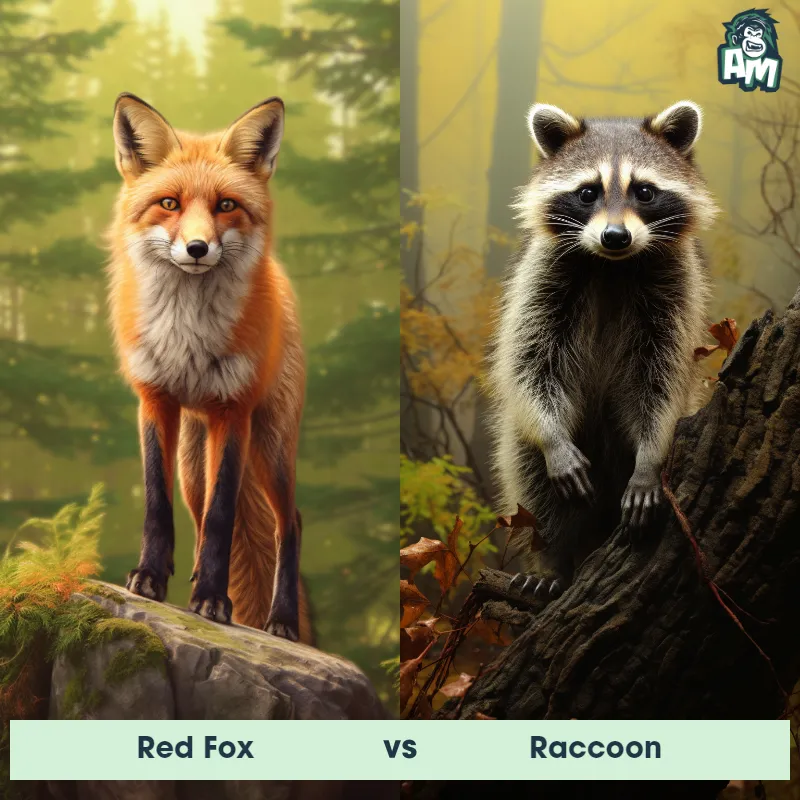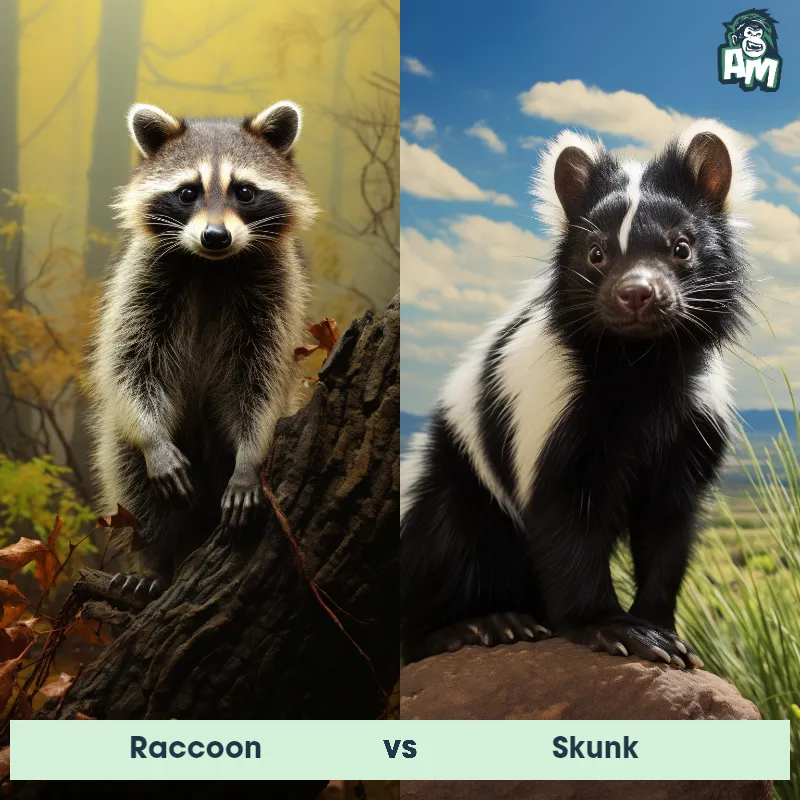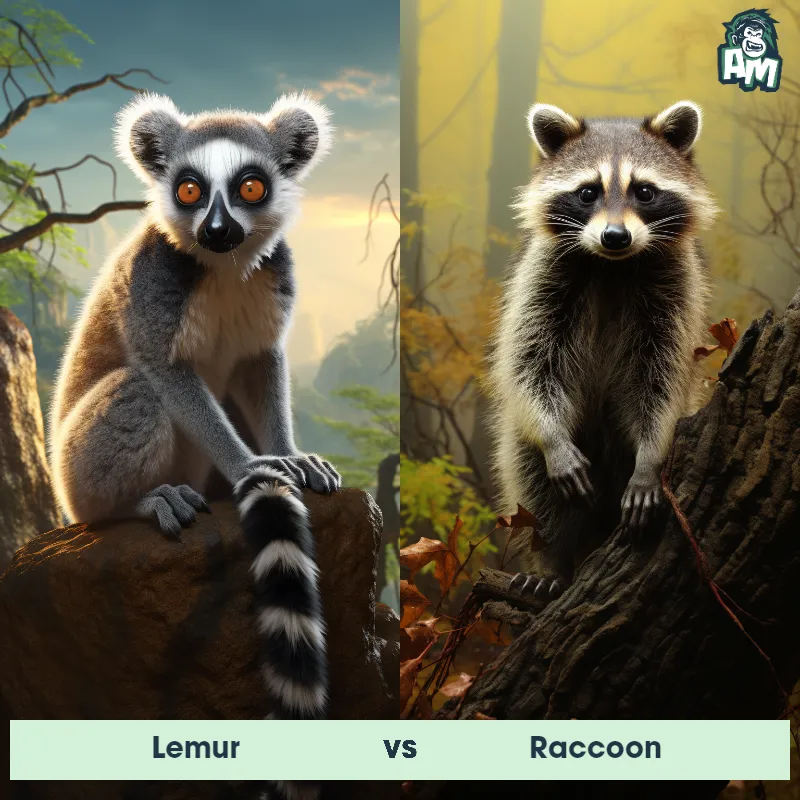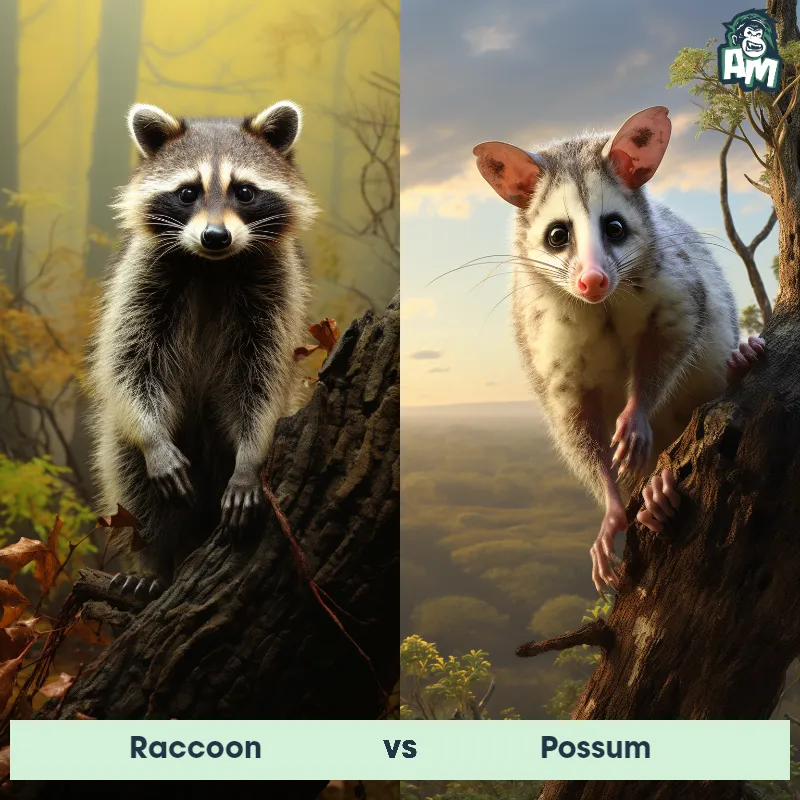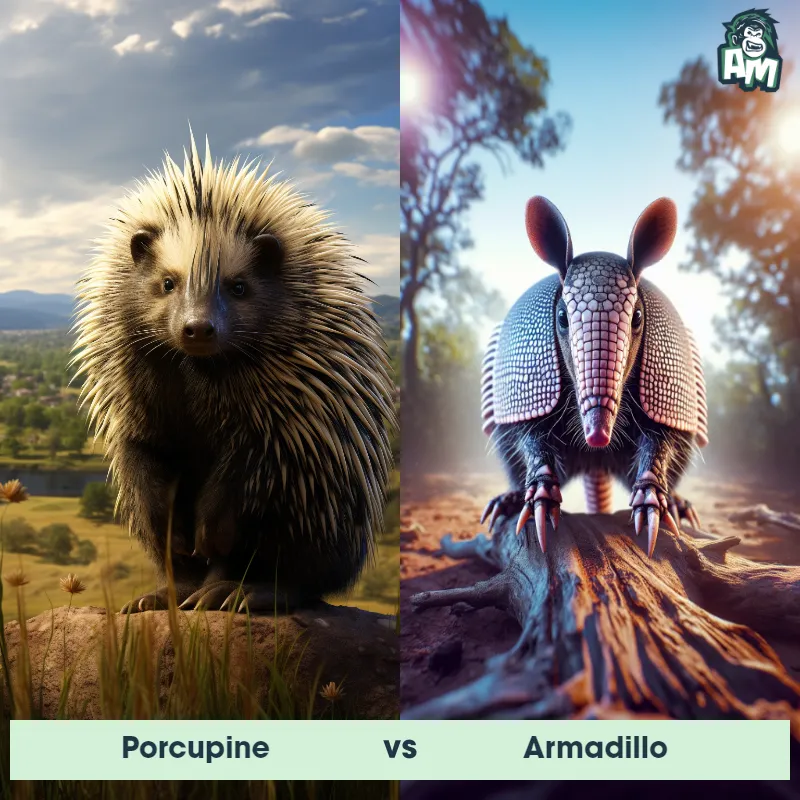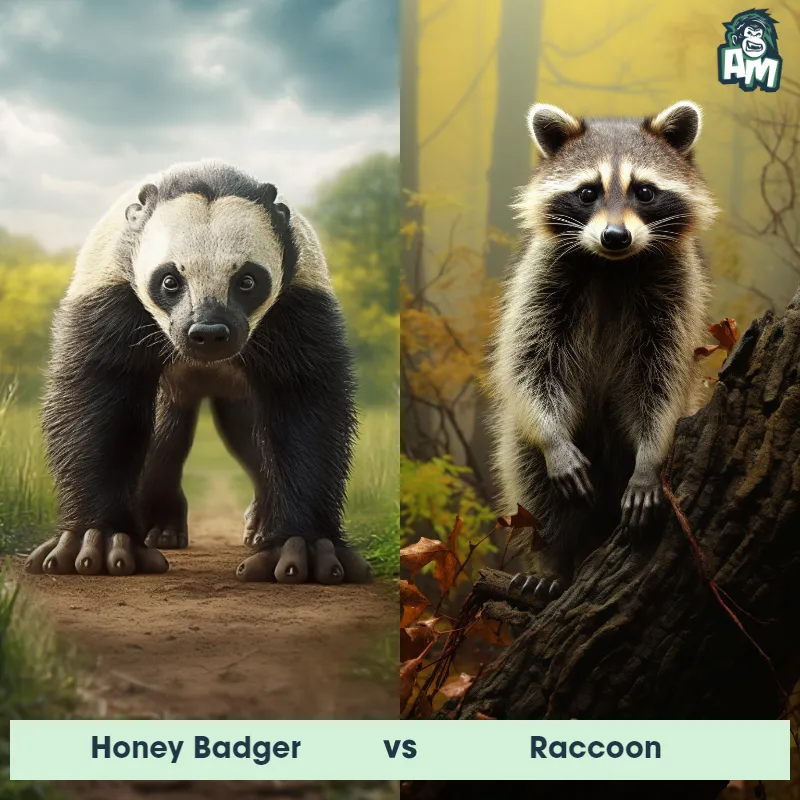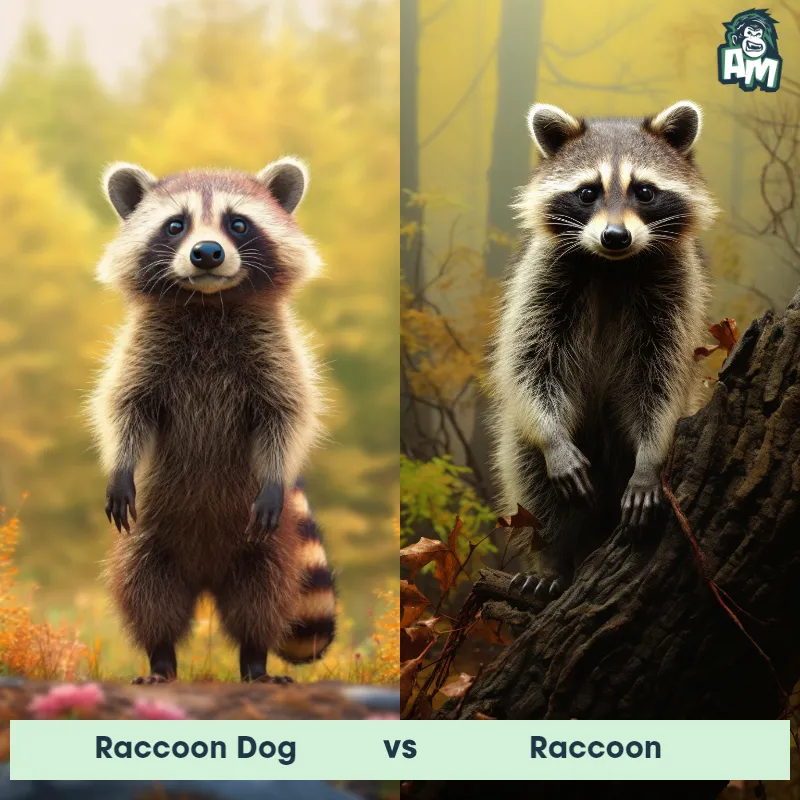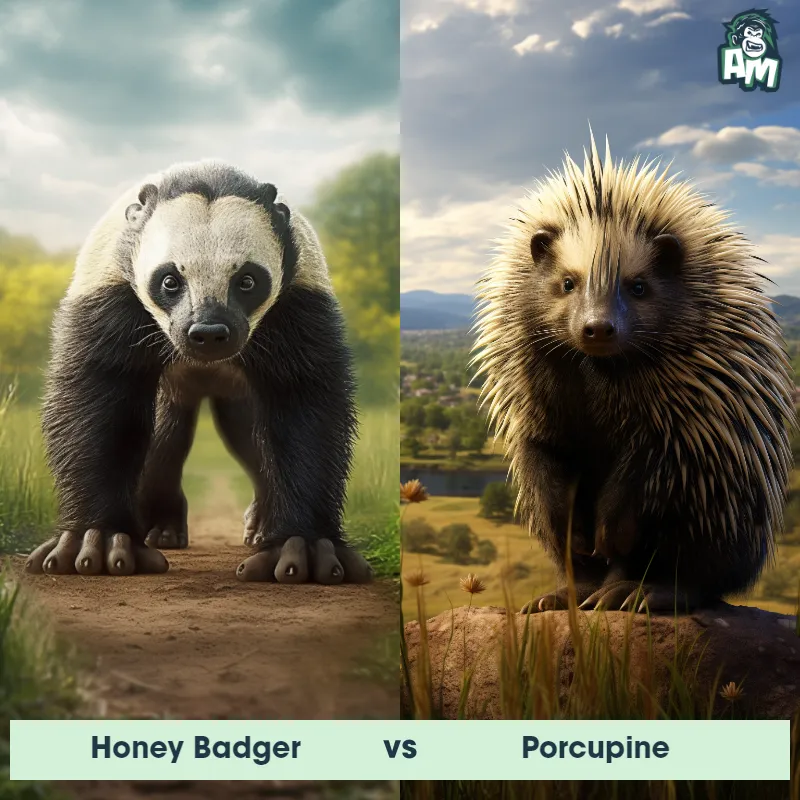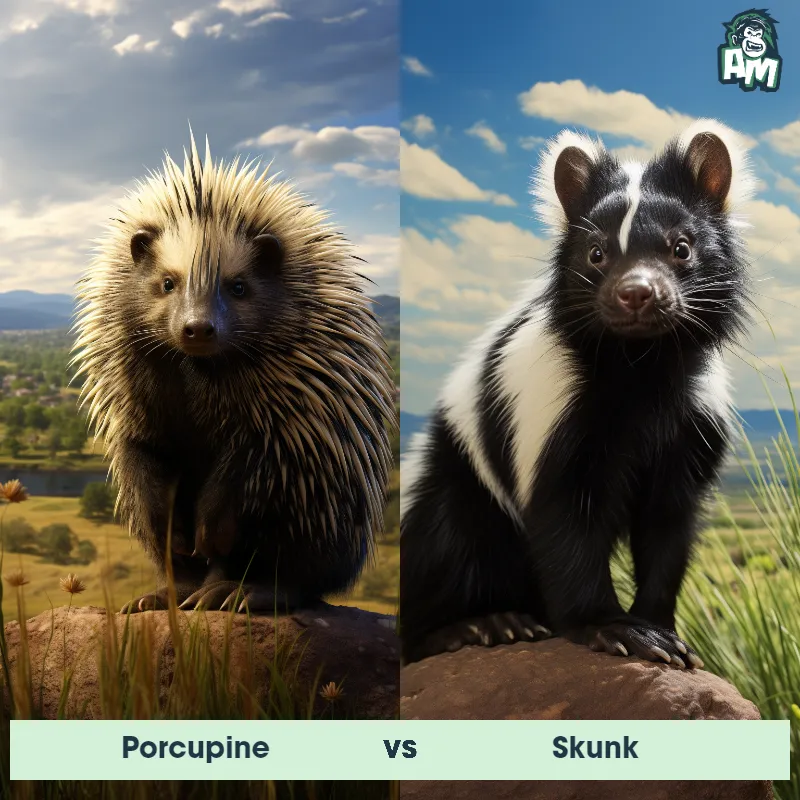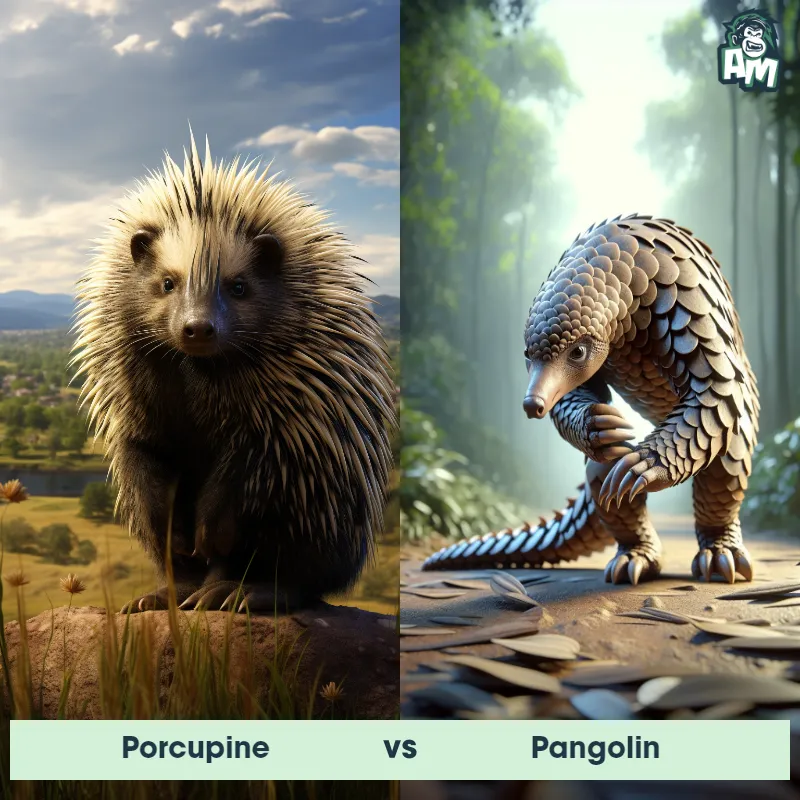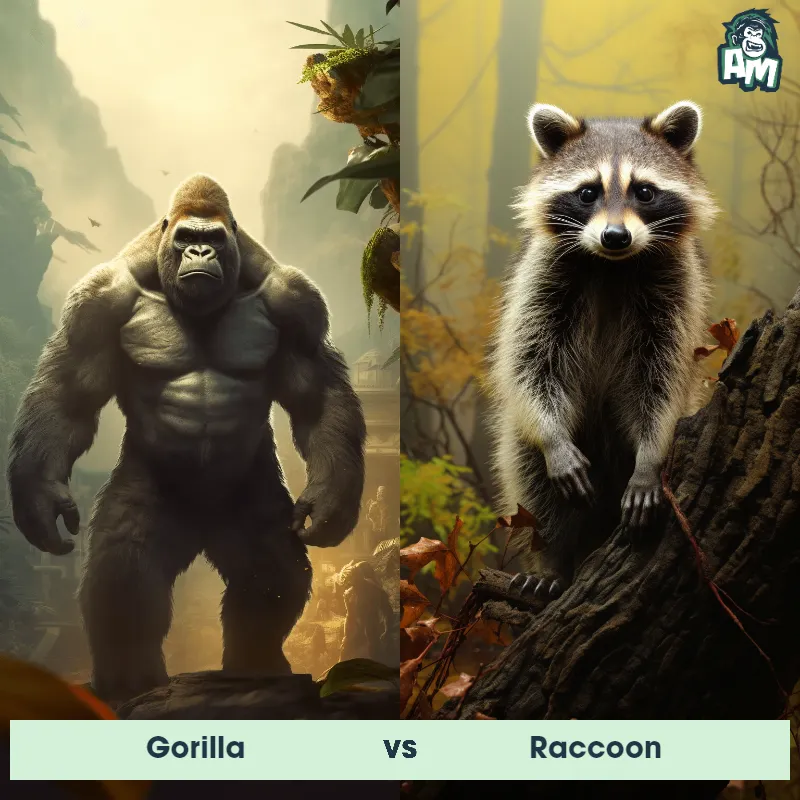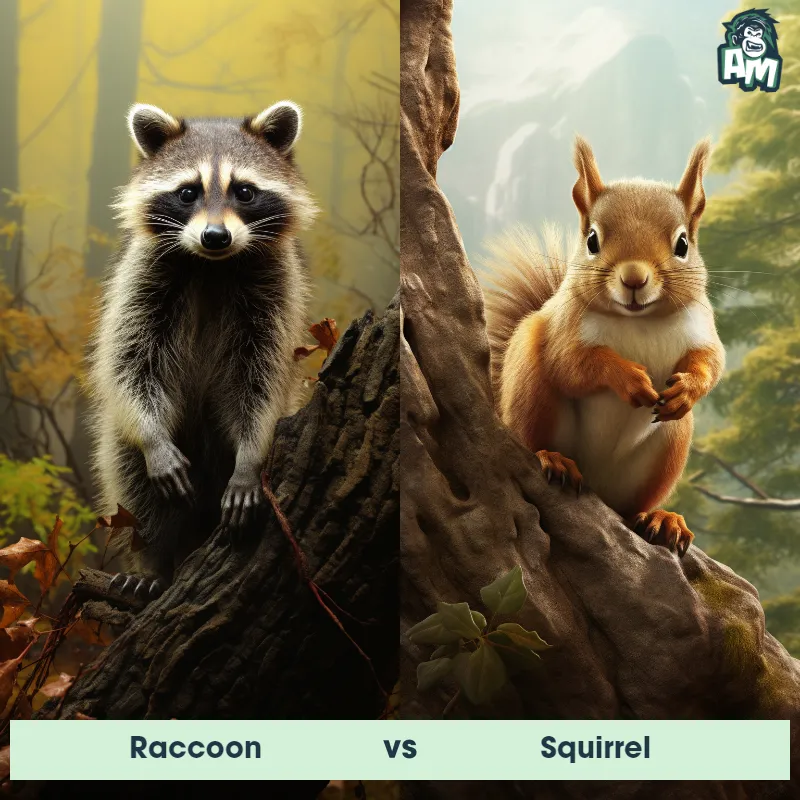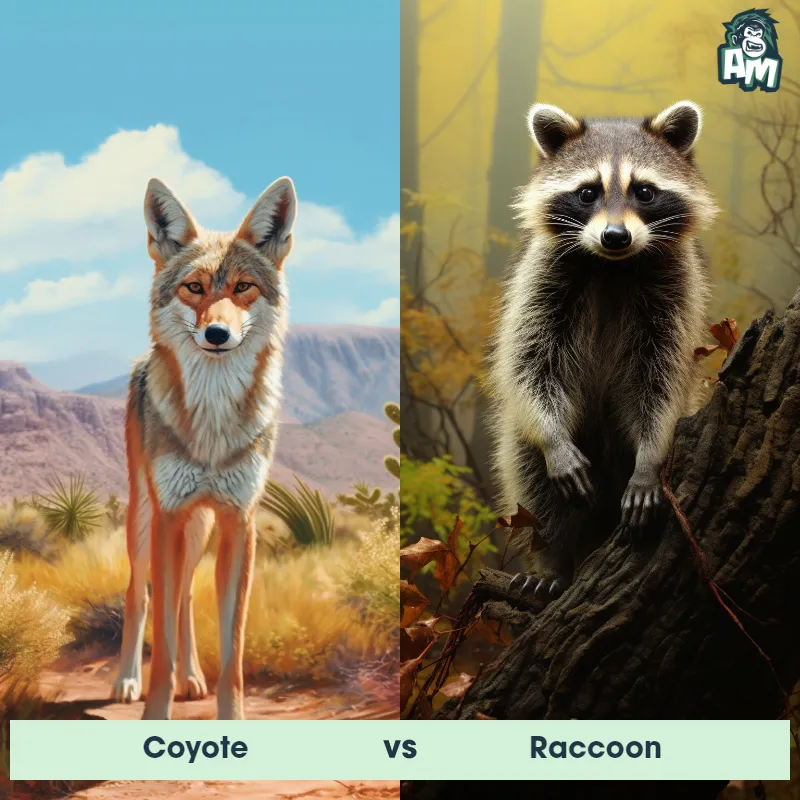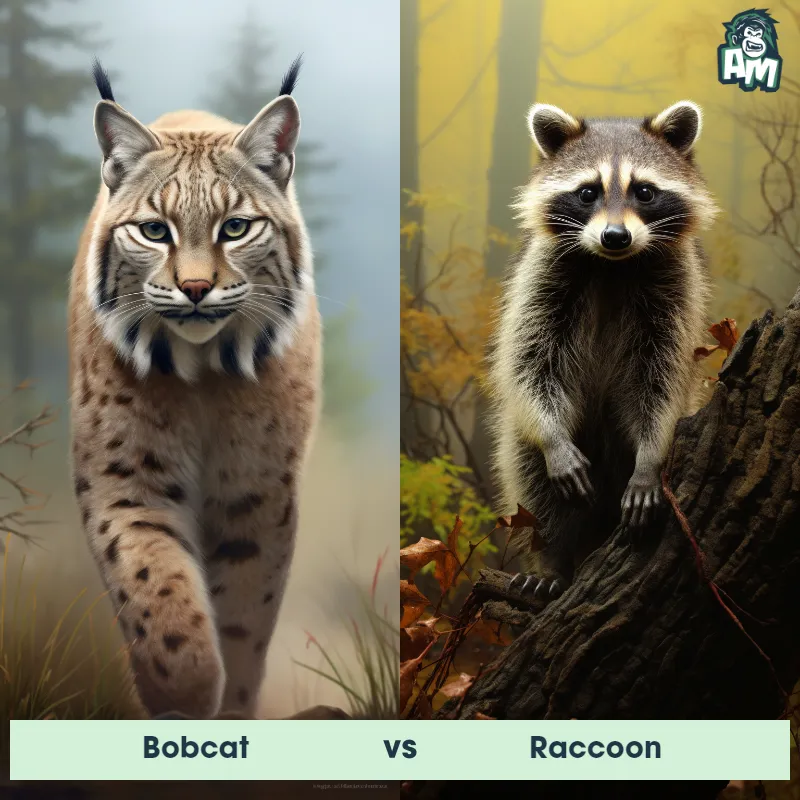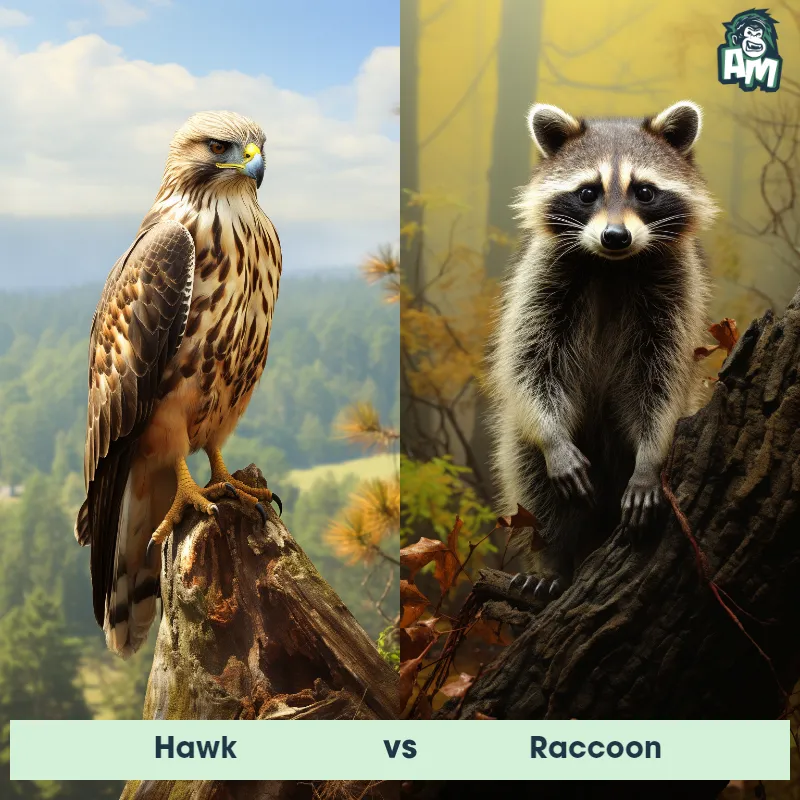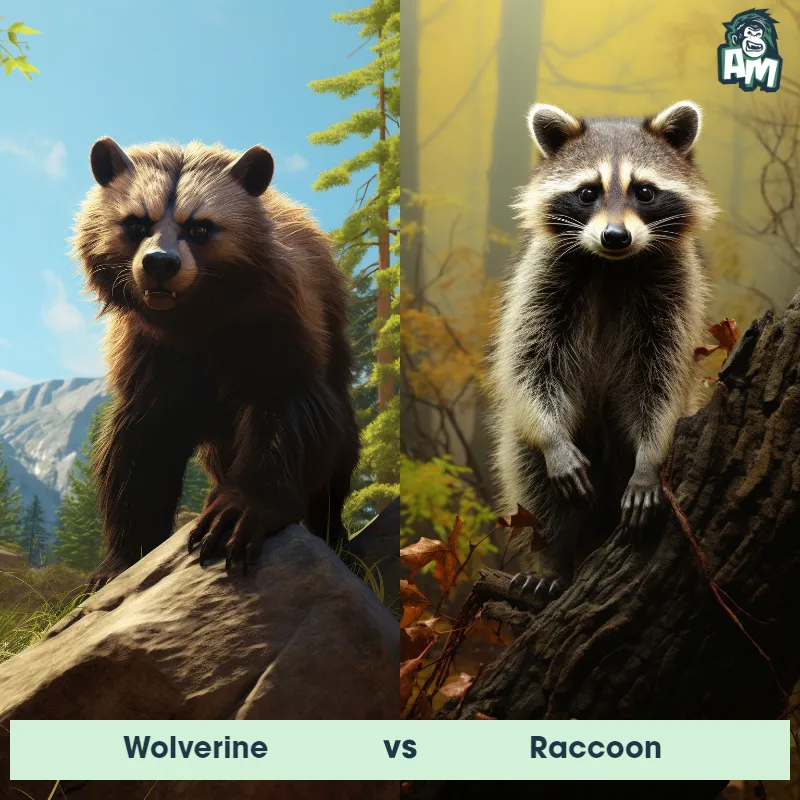Porcupine vs RaccoonSee Who Wins
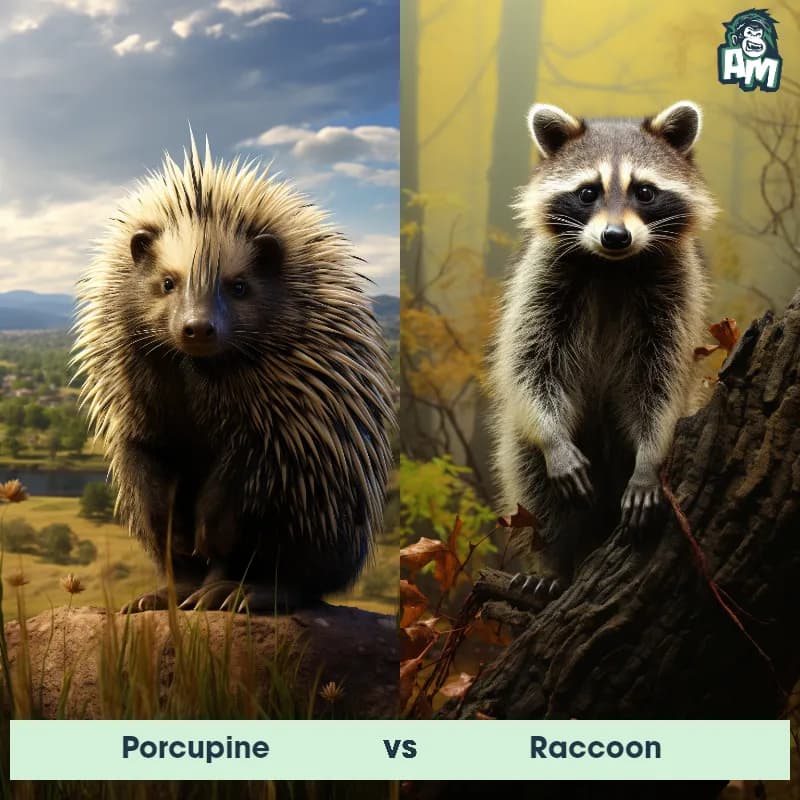
Ladies and gentlemen, welcome to a bout like no other between two unexpected rivals. On one corner we have the Porcupine. With its needle-sharp quills, it has a natural deterrent against most predators. In the other corner stands the nimble and crafty Raccoon, known for its agility and cleverness. This promises to be a match filled with unexpected twists and turns. Let the battle begin!
Contender 1: Porcupine
The Porcupine is a unique, large rodent recognized by its coat of sharp spines, or quills, which are used for protection against predators. The most characteristic feature of this mammal is its quills, which can be up to 30 centimeters long and are coated with a layer of keratin making them tough and resistant. These nocturnal creatures vary greatly in size and appearance across different species, ranging from a foot to over two feet in length, excluding the tail. The porcupine is a herbivore, mainly eating leaves, bark, and stems of trees.
Fun Fact: Unlike common belief, Porcupines cannot shoot their quills out at will, rather the quills detach easily when a predator comes into contact with them.
Contender 2: Raccoon
The Raccoon is a medium-sized mammal native to North America, best known for its distinctive black "mask" over the eyes and bushy, ringed tail. These nocturnal creatures have a stocky build and grayish-brown fur. Raccoons are about 2 to 3 feet long and weigh between 10 to 20 pounds. Known for their dexterity, raccoons have nimble hands that they use for a variety of tasks, including opening trash cans and doors, which leads to their reputation as opportunistic feeders and scavengers.
Fun Fact: Raccoons are noted for their intelligence, with studies showing that they are able to remember the solution to tasks for up to three years.
Matchup Stats
| Porcupine | Raccoon | |
|---|---|---|
| Size | 25-36 inches (63.5-91.4 cm) | 2 to 3 feet long (60 to 90 centimeters) |
| Weight | 12-35 lbs (5.4-15.9 kg) | 10 to 20 pounds (4.5 to 9 kilograms) |
| Speed | 2mph (3.2km/h) | 15mph (24km/h) |
| Key Strength | Sharp quills for protection | Dexterity and intelligence |
| Biggest Weakness | Slow movement | Lack of size and strength compared to larger predators |
Current Votes
Porcupine vs Raccoon
See Who Wins
View More Matches
Looking For More?
Similar Matches
Scientific Stats
| Porcupine | Raccoon | |
|---|---|---|
| Scientific Name | Erethizon dorsatum | Procyon lotor |
| Family | Erethizontidae | Procyonidae |
| Habitat | Forests, deserts, grasslands | Forests, mountainous areas, coastal marshes, and urban areas |
| Geography | North and South America, Africa, Europe, and Asia | North America |
| Diet | Leaves, bark, and stems of trees | Omnivorous, eating berries, insects, eggs, and small animals, as well as trash and pet food in urban areas |
| Lifespan | 5 years - 10 years | 1.5 years - 3 years |
Key Differences between Porcupine and Raccoon
- Facial features: Porcupines have a wide and flat head with a blunt snout, small eyes, and short rounded ears. Raccoons, on the other hand, have a more pointed snout, large and expressive eyes, and rounded ears that are often tufted.
- Body shape: Porcupines have a stocky and robust body shape, with a round appearance and a low-hanging posture. In contrast, raccoons have a more slender and agile body, with a hunched back and a distinctive arched posture.
- Tail characteristics: Porcupines possess a long and prehensile tail, which means it can be used to grasp objects or support their weight while climbing. Raccoons, however, have a bushy and ringed tail that is not prehensile and is often held upright while they walk or climb.
- Defensive features: Porcupines are known for their quills, which cover their back, sides, and tail. When threatened, they can raise their quills as a defense mechanism. Raccoons, on the other hand, do not possess quills but have sharp claws and teeth that they can use for defense if necessary.
- Fur coloration: Porcupines have coarse and bristly hair that is mainly dark brown or black, with some species having lighter quills or a mix of colors. On the other hand, raccoons have a dense and soft fur coat that is predominantly grayish-brown with a black mask-like pattern around their eyes.
- Size: Porcupines are generally larger than raccoons, with adults reaching lengths of up to 3 feet (90 cm) and weighing between 12-35 pounds (5.4-16 kg), while raccoons are smaller, measuring around 2-3 feet (60-90 cm) in length and weighing between 8-20 pounds (3.6-9 kg).



